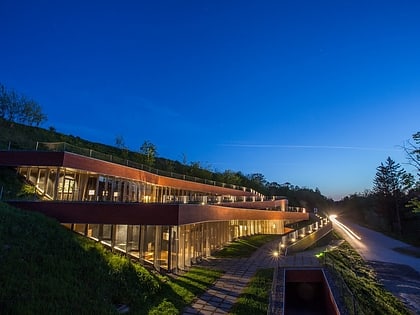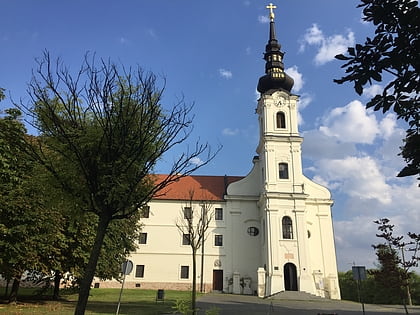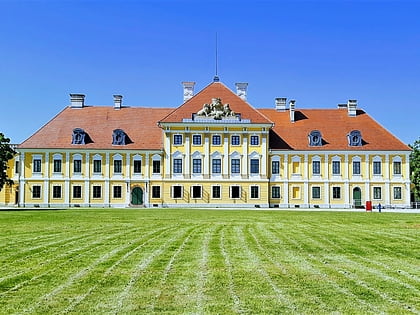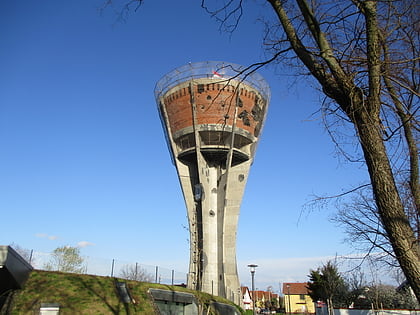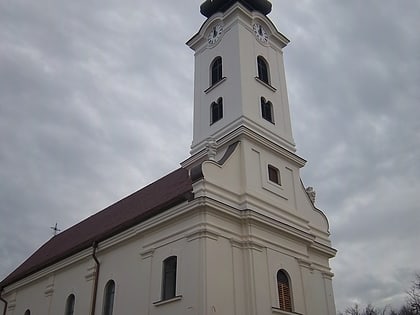Vučedol, Vukovar
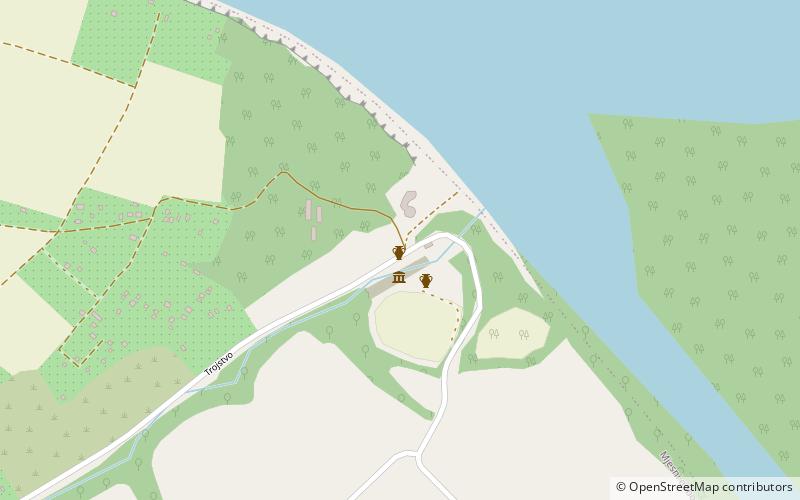

Facts and practical information
Nestled on the banks of the Danube in the historic city of Vukovar, Croatia, lies the Vučedol Culture Museum, a captivating testament to an ancient European culture dating back to the 3rd millennium BC. The museum offers a profound insight into the Vučedol culture, one of the most significant prehistoric cultures of Europe, known for its advanced metallurgical techniques and distinctive ceramics, including the iconic Vučedol Dove.
The museum itself is an architectural marvel, seamlessly blending into the landscape and reflecting the archaeological significance of the site. Its location is no coincidence; it stands on the very grounds where artifacts of the Vučedol civilization were first discovered, providing visitors with an authentic connection to the ancient past.
Inside, the museum's exhibits are meticulously arranged to narrate the story of the Vučedol people, their daily life, beliefs, and societal organization. The collection boasts a wide array of objects unearthed from the archaeological site, including tools, jewelry, and the aforementioned Vučedol Dove, a ritual vessel that has become a symbol of the culture.
Visitors to the museum can explore various interactive displays and multimedia presentations that bring the ancient culture to life. Educational programs and guided tours are available, offering an in-depth understanding of this prehistoric community's contributions to European heritage.
Open year-round, the Vučedol Culture Museum is not only a hub for archaeology enthusiasts but also for those interested in the broader narrative of human civilization. Its significance is underscored by its status as a museum, preserving and interpreting a heritage that has shaped the cultural landscape of the region.
Vučedol – popular in the area (distance from the attraction)
Nearby attractions include: Church of Saints Philip and James, Eltz Manor, Vodotoranj, Church of St. Nicholas.
